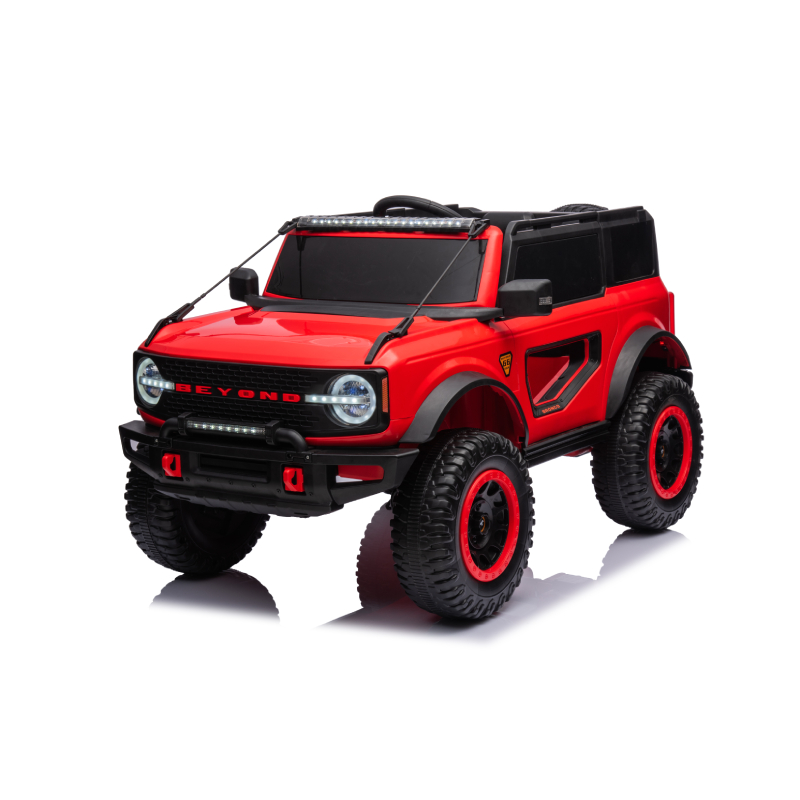Key Differences Between Scooters and Motorcycles Explained for First-Time Buyers
The Difference Between Scooters and Motorcycles
When it comes to two-wheeled vehicles, many people often find themselves debating the merits of scooters versus motorcycles. Both modes of transportation offer unique advantages and appeal to different types of riders. Understanding the distinctions between these two can help you choose the right vehicle that fits your needs.
Definition and Design
At first glance, scooters and motorcycles may appear similar, but they have distinct designs and purposes. A scooter typically features a step-through frame, small wheels, and a platform for the rider's feet. They are generally smaller and lighter, making them easy to maneuver in urban settings. Scooters usually come with engines that range from 50cc to 250cc, catering primarily to short-distance travel and city commuting.
On the other hand, motorcycles are generally larger and have a more powerful engine, ranging from 125cc to over 2000cc. They often have manual transmissions and a design that includes a seat for the rider and sometimes a passenger. Motorcycles are built for a variety of purposes, including long-distance travel, off-road adventures, and racing.
Performance and Speed
One of the noticeable differences between scooters and motorcycles is their performance and speed capabilities. Scooters tend to be less powerful, which makes them suitable for city travel. They are easily influenced by factors like wind and road conditions, which may limit their speed to around 60 to 80 km/h (37-50 mph). This makes them ideal for short commutes and navigating congested streets.
In contrast, motorcycles are designed for higher speeds and better performance on the open road. With powerful engines, motorcycles can reach speeds exceeding 100 km/h (62 mph) with ease. They are better suited for longer journeys, highway travel, and can handle various terrains more effectively than scooters.
difference of scooter and motorcycle

Riding Experience
The riding experience on a scooter differs significantly from that of a motorcycle. Scooters are generally more user-friendly, making them an excellent choice for beginners. The automatic transmission in many scooters eliminates the need for shifting gears, which can be intimidating for new riders. Additionally, their lighter weight allows for easier handling and parking.
Motorcycles, however, provide a more thrilling experience for riders looking for adventure. With a greater range of speed and power, motorcyclists often enjoy a sense of freedom on the road. The manual transmissions found in many motorcycles can take time to master but provide a more engaged and stimulating ride once learned. Furthermore, the larger frame of a motorcycle can provide better stability at high speeds, making them a preferred choice for experienced riders.
Cost and Maintenance
When it comes to cost, scooters tend to be more affordable than motorcycles, both in terms of the initial purchase price and ongoing maintenance. With lower engine capacity, scooters typically consume less fuel and require less expensive insurance. They also have fewer mechanical parts, making them easier and cheaper to maintain over time.
Motorcycles, while offering more power and performance, tend to come with a higher price tag. Additionally, insurance costs can be more significant, especially for high-performance models. Maintenance can also be costlier due to the complexity of parts and the need for regular servicing.
Conclusion
In summary, the choice between a scooter and a motorcycle ultimately depends on your individual needs, preferences, and riding experience. Scooters are perfect for urban commuting, offering simplicity and convenience, while motorcycles cater to those seeking adventure and speed. Whether you prefer the laid-back ride of a scooter or the exhilarating experience of a motorcycle, both vehicles contribute to a diverse landscape of two-wheeled transportation options. Choose wisely and ride safely!
-
Children's Tricycle: Enlarged Seat, Sunshade & Safety Push BarNewsAug.31,2025
-
Sports Kids Bike: High Carbon Steel Argon Arc Welded Frame | Beautiful GiftNewsAug.30,2025
-
Ultimate 24V Children's Car: Power, Fun & Safety for KidsNewsAug.29,2025
-
Children's Electric Car Ride Ons: 2-Seater, Bumper & Audi ModelsNewsAug.28,2025
-
Understanding Voltage in Battery for Children's Motorized CarNewsJun.05,2025
-
Safety Features to Look for in an Electric Car for KidsNewsJun.05,2025
